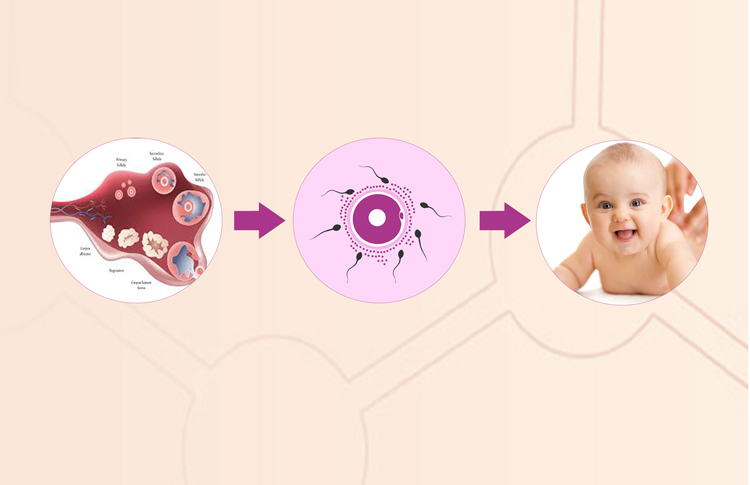Ovulation induction is a straightforward fertility treatment that involves taking oral or injectable medication to stimulate regular ovulation. The medication is usually taken at the beginning of the menstrual cycle and the body's response is monitored through the cycle using ultrasound.
Ovulation induction involves taking medication to induce ovulation by encouraging eggs to develop in the ovaries and be released, increasing the chance of conception through timed intercourse or artificial insemination. Medications used in ovulation induction can include: Clomiphene Citrate (Clomid). Ovulation induction is a treatment for anovulation (irregular ovulation), an infertility condition in which follicles in a woman's ovary do not mature and release eggs (ovulate).
Ovulation induction is typically achieved with a variety of medications that stimulate the ovary to produce and release eggs. Ovulation is induced using one of two main drug regimens: Clomiphene or Clomid tablets (alternatives are Tamoxifen and Letrozole tablets) increase the production of follicle stimulating hormone (FSH) by the pituitary gland, thereby stimulating follicles and hence egg growth.
Pregnancy occurs when an ovulated female egg and and male sperm meet and fertilization occurs. An ultrasound can more accurately determine the date of conception and the gestational age. For your ultrasound measurements are taken of the gestational sack and the crown to rump length of the fetus.

An ovulation induction procedure circumvents this problem by artificially inducing ovulation. The process is safe, generally does not require any invasive procedures or tests, and often works wonders even for couples who have unsuccessfully tried for years to get pregnant.
Ovulation induction usually produces pregnancy rates of 10% to 20% per cycle, depending on a woman's age, diagnosis, and duration of infertility. Among women with certain ovulatory disorders, ovulation induction treatment may even restore normal fertility rates of 20% to 25% per month.